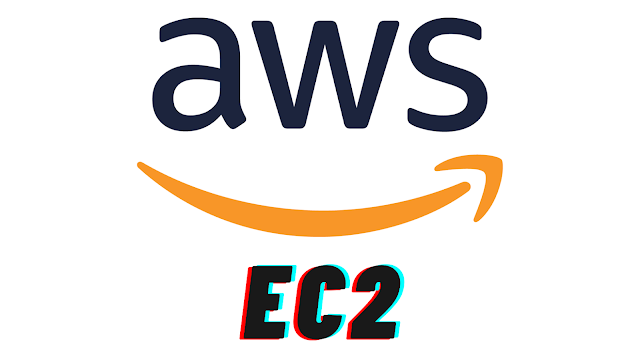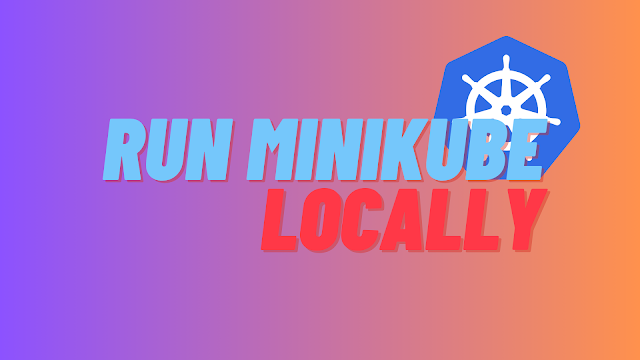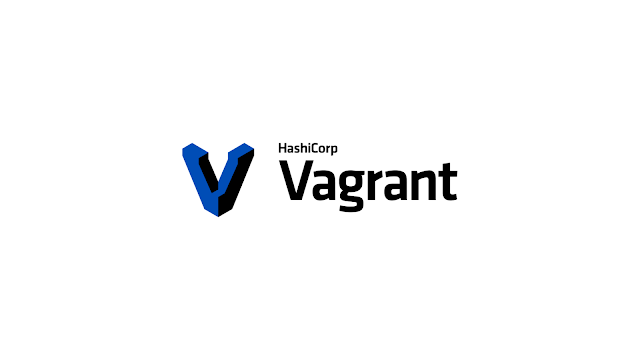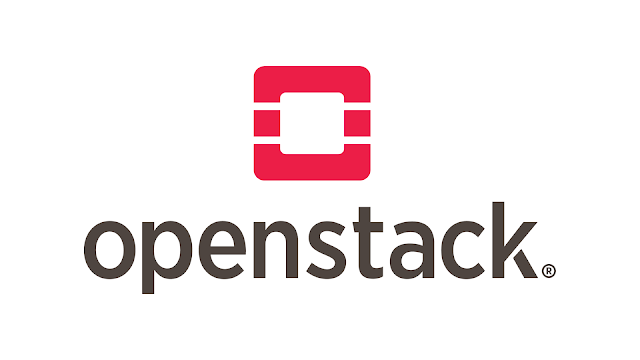AWS EC2 Instances: A Beginner’s Guide

Amazon Web Services (AWS) provides a wide range of cloud computing services, and Elastic Compute Cloud (EC2) is one of its core offerings. In this blog post, we’ll explore what EC2 is, how it works, and provide simple examples to help you understand this essential service. What is EC2? EC2 stands for Elastic Compute Cloud . It’s an on-demand computing service within the AWS cloud platform. But what does that mean in plain terms? Let’s break it down: Virtual Computers : EC2 allows you to rent virtual computers (instances) in the cloud. These instances come pre-configured with operating systems and necessary software. Flexibility : You can configure EC2 instances according to your needs. Allocate RAM, storage, and other resources based on your current task. Plus, you can easily dismantle an instance once it’s no longer required. Scalability : EC2 offers resizable capacity. You can scale up or down depending on incoming traffic. No need to worry about physical hardware limitations. Pay-...












